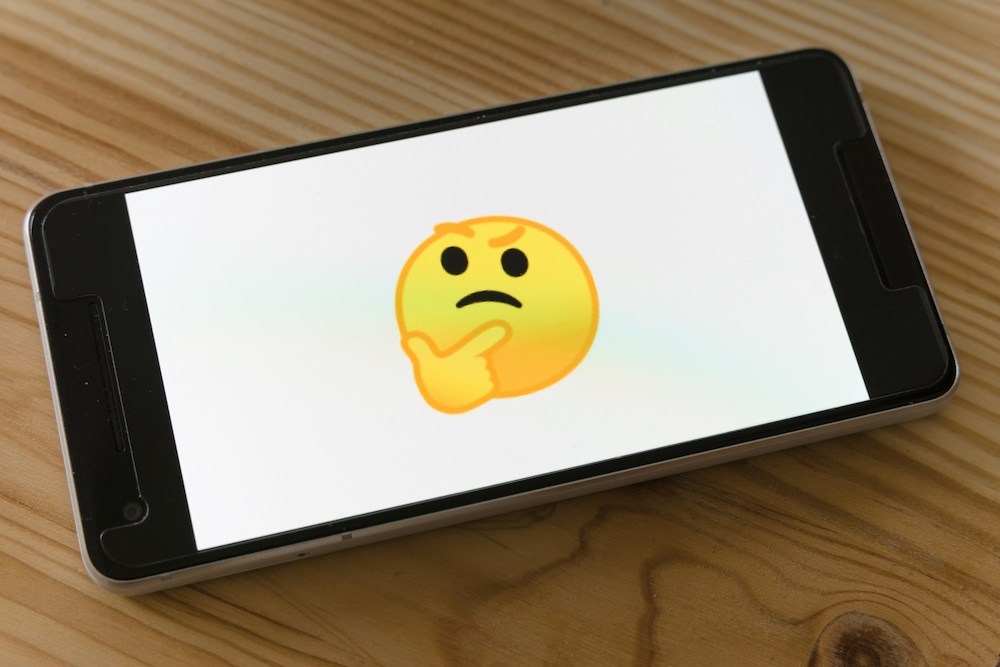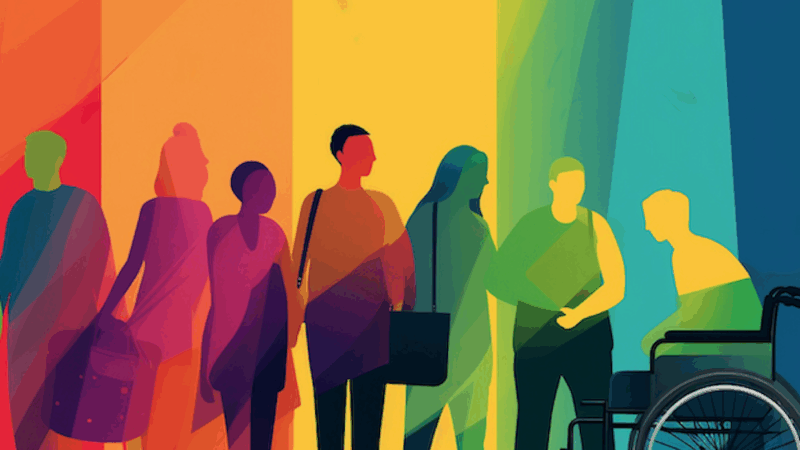Why some people struggle to communicate using digital pictograms
Emojis have become ubiquitous in our digital interactions, those tiny, colorful icons peppering texts, emails, and social media feeds. For many, they are a natural extension of language, adding nuance, emotion, and a touch of personality to otherwise sterile text. Yet, for a significant portion of the population, the emoji landscape can feel like navigating a foreign country without a phrasebook. Why do some people find it difficult to use and understand these seemingly simple pictograms? The reasons are multifaceted, ranging from generational differences and varying levels of digital fluency to cultural nuances and the inherent ambiguity of visual communication.
Generation Gap
One of the most prominent factors is age and digital native status. Younger generations, who have grown up with smartphones and instant messaging, often possess a more intuitive understanding of emoji conventions. They’ve been immersed in a digital world where emojis are a standard part of online discourse, developing an almost subconscious grasp of their common meanings and appropriate usage. Conversely, older adults who adopted digital communication later in life may not have the same level of familiarity and comfort with this visual shorthand. For them, deciphering the intended emotion behind a particular emoji can feel like an extra layer of decoding, adding cognitive load to the conversation.
Literacy Level
Varying levels of digital literacy also play a crucial role. Comfort and proficiency with technology, in general, can influence how easily one adopts and understands new digital communication tools like emojis. Individuals less familiar with digital platforms might not encounter emojis as frequently or have the same opportunities to learn their common interpretations through exposure and practice. This can lead to hesitation in using them and uncertainty when trying to understand their meaning in messages from others.
The Context Conundrum
Cultural and contextual differences represent another significant hurdle. While some emojis have relatively universal interpretations (a smiling face generally conveys happiness), many others carry meanings that are culturally specific or heavily dependent on context. An eggplant emoji, for instance, has a widely understood double entendre in many Western online spaces, a meaning that might be completely lost on someone from a different cultural background or someone less familiar with internet slang. Similarly, the seemingly innocuous “OK” hand gesture emoji can carry offensive connotations in certain parts of the world. This cultural variability can lead to misunderstandings and reluctance to use emojis for fear of misinterpretation.
The Hieroglyphics Factor
It took years for the world to decipher the hieroglyphics on the Rosetta Stone. With emojis readers only have a few moments to interpret the pictogram. So the inherent ambiguity of visual communication contributes to the problem. Unlike words, which have relatively defined meanings (though even those can be context-dependent), emojis rely on visual cues that can be interpreted in multiple ways. A “unamused face” emoji (😒) could convey mild skepticism, annoyance, or even playful sarcasm depending on the context and the relationship between the communicators. Without the accompanying verbal or nonverbal cues present in face-to-face interactions, the intended meaning can be easily missed. This ambiguity can be particularly frustrating for those who prefer the precision of written language.
FURTHER READING: THE COMPLETE GUIDE TO BECOMING EMOJI FLUENT
The evolution and proliferation of emojis themselves can also contribute to the difficulty. The ever-expanding emoji library, with its subtle variations and nuanced additions, can feel overwhelming, even for seasoned digital communicators. Keeping up with the latest emoji trends and understanding the intended meaning behind newer or less common icons can be a continuous learning process.
It’s All About Attitude
Personal preferences and communication styles cannot be overlooked. Some individuals simply prefer the clarity and directness of written language and may find emojis unnecessary or even distracting. They might feel that emojis trivialize communication or introduce an unwelcome level of informality.
Finally, the difficulty some people experience with using and understanding emojis stems from a complex interplay of factors. Generational differences, varying levels of digital fluency, cultural nuances, the inherent ambiguity of visual communication, the ever-evolving nature of the emoji lexicon, and personal communication preferences all contribute to this phenomenon. But as emojis continue to be a dominant feature of our digital landscape, fostering greater awareness of these challenges and encouraging clear communication – both with and without these colorful icons – will be crucial for ensuring effective and inclusive online interactions.
Any thoughts, opinions, or news? Please share them with me at vince@meetingsevents.com.
Photo by Markus Winkler on Unsplash





